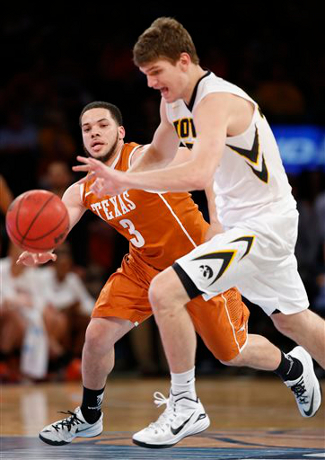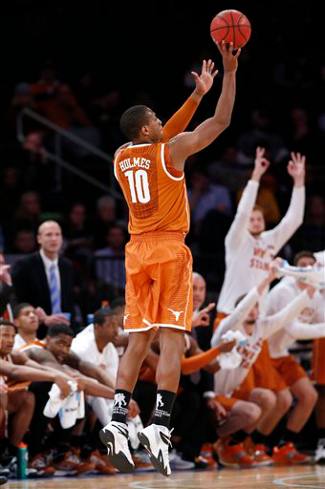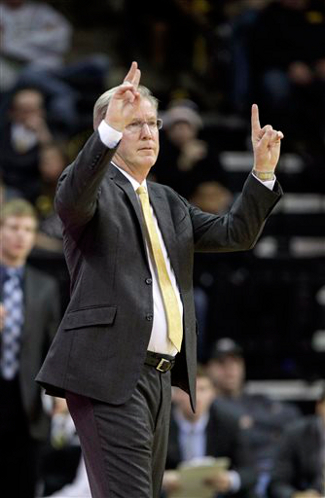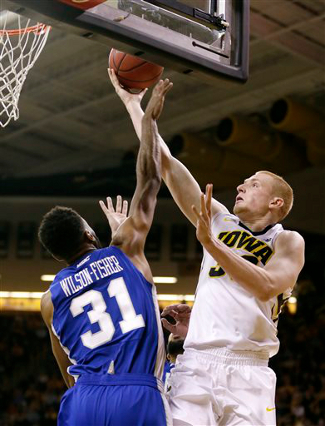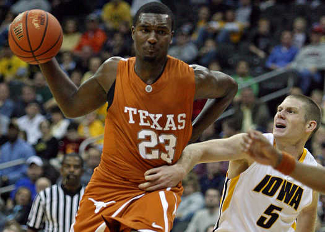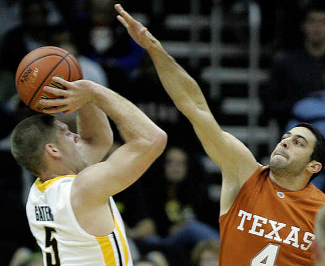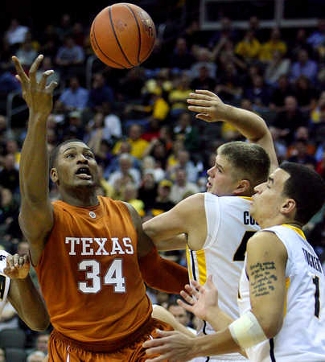Iowa Hawkeyes (1-2) vs. #3 Texas Longhorns (2-0)
Kansas City, MO | Sprint Center | Tip: 8:45 P.M. | TV: ESPN2
Texas and Iowa met in this city and this tournament just four years ago, with the Longhorns claiming a 68-59 win and the tournament crown. A lot has changed since then, as what was once the Guardian’s Classic, played at Municipal Auditorium, is now the CBE Classic, played at the sparkling Sprint Center. And while the names and buildings have changed over the years, so has the stature of a once-proud Iowa Hawkeye basketball program.
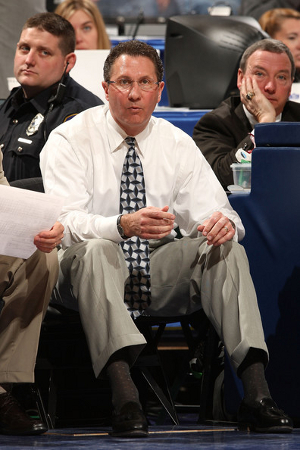
Todd Lickliter has his hands full this season
(Photo credit: Jonathan Daniel/Getty Images) 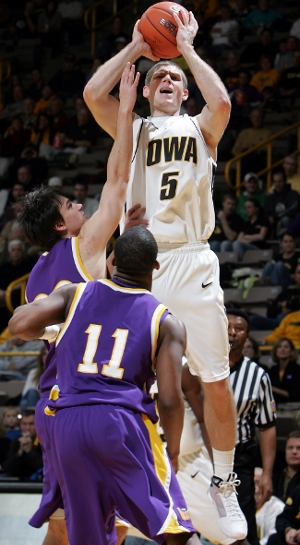
Matt Gatens was a star in his freshman year
(Photo credit: Brian Ray/The Gazette) 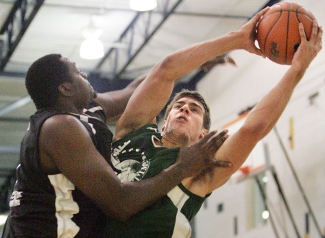
Eric May has been impressive off the bench
(Photo credit: Brian Ray/The Gazette) |








